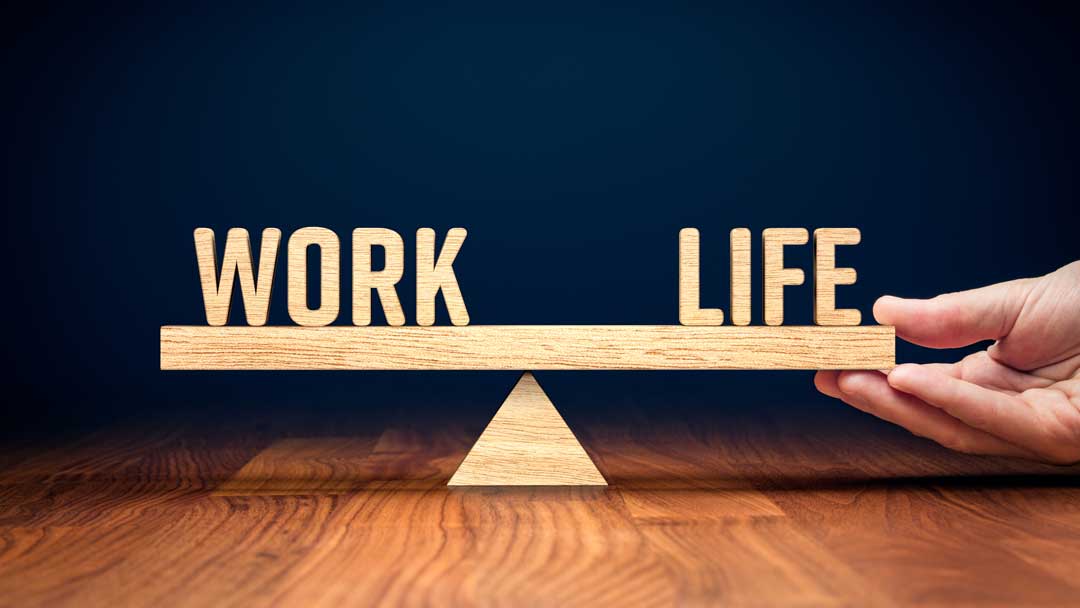Do you feel like you’re stuck in a rut or have an overall sense that something is missing? Have you ever wondered if you’re experiencing a midlife slump? Is there anything that can be done about it? I will answer these questions, including practical strategies to help men navigate a midlife slump.
Midlife slump or midlife crisis?
What’s the difference between a midlife slump and a midlife crisis? They are essentially the same thing, but typically a midlife slump for men comes on more gradually and is a less intense version of a midlife crisis. It’s also been called midlife stressors, blues and misery. Regardless of the preferred name, it’s challenging for men and can make managing life difficult.
Signs and symptoms
If you’re a man between the ages of 40-60 (give or take a few years), you could very well be experiencing one of these midlife experiences. Some common signs and symptoms for both include:
- Sleeping more or less than normal
- Increased feelings of loneliness
- Increased thinking about previous regrets and incessant reflection about your life
- An overall sense that something is missing
- Feeling stuck in a rut
Causes
There are many theories about what causes a midlife crisis; however, there seems to be a common theme: You may need a new overall life goal, a new sense of purpose or a new meaning.
As you reach middle age, you’ve most likely been moving through life on a path toward building a family, a business, financial stability and more. During the pursuit of social and material prosperity, it is common to become hyper-focused on day-to-day struggles and desires while inadvertently neglecting or postponing more personal values and ideals.
For instance, perhaps you’ve had a nagging desire to travel, write a book, or join a club, but the social goal and/or necessity of attaining financial and familial success always took priority. Maybe you’ve experienced a major loss of a loved one, a divorce, your kids growing up and moving out, or something else that has shaken your worldview.
Issues of mortality, existential anxiety, and generally feeling stuck or lost in life can be difficulties that arise after major losses and transitions. These are examples of experiences that can cause a midlife slump or crisis.
The good news is the difficult symptoms tend to pass on their own after a while. However, there are practices that can help to speed up this process. They aim to help you recenter your perspective on your life, reevaluate what is most meaningful for you, and then decide on a new path that brings you closer to what you really want.
Strategies: 3 practices that help
1. Imagine you’re on your deathbed
This may sound dark, but it works. The most illuminating and unfiltered perspectives on life come from those facing their mortality directly (i.e., have a terminal illness, experienced a near-death experience, etc.). One way of fast-tracking the knowledge and wisdom that comes from facing your mortality directly is by imagining yourself on your deathbed.
Picture yourself surrounded by your friends and family, and reflect on the following questions. It helps to be in a comfortable location where you won’t be interrupted.
- Where, geographically, would you like to be on your last day on Earth?
- Who would be surrounding you? Who matters most to you?
- Is anyone missing? Is there someone else you’d like to have with you but struggle to imagine they’d attend? (This could perhaps be a sign to make amends or resolve issues in that relationship.)
- What would be the experiences you regret the most?
- What are the most positively memorable experiences you have had?
- What advice would you give to your family and friends as they live out the rest of their lives?
- What advice would you give your younger self? What would you tell them to prioritize in life?
By answering these questions, you can better understand yourself and what’s important to you—this will allow you to reflect on what should be prioritized in your life and if there are any changes you can make that align with your priorities. It can be useful to write what you’ve learned down in a journal or share some of it with someone close to you.
2. The M word: Mindfulness
Yes, I said it. That commonly used, perhaps overly used, word has taken on many meanings.
Mindfulness doesn’t have to be the stereotypical sitting on a cushion to meditate in silent reflection. Mindfulness broadly means to pay attention intentionally, without judgment, in the present moment.
There are many ways to do this, which are listed here:
- While brushing your teeth, pay attention mindfully to how it physically feels to move the toothbrush over your teeth and gums. See if you can move the toothbrush slower and be more intentional, and perhaps gentler, with how you brush your teeth.
- While walking, count your steps in your head, or alternatively, say to yourself what foot you are stepping with (i.e., left foot, right foot). Notice the physical sensations of your feet stepping on the ground.
- While washing dishes, pay attention to the feeling of the soap on your hands and the temperature of the water. Allow your mind to be in your hands to really notice the physical sensations of cleaning the dishes.
- Practice bringing attention to what your hands or feet are doing throughout the day. Are they tense, relaxed, or warm? Are they fidgeting? Try and consciously fidget slower with more intention behind the movements.
This is helpful because it allows you to listen and better understand what you want from life at any given moment. We make thousands of choices a day, often without thinking about them. When you intentionally pay attention, you can learn from yourself and more consciously choose what’s best for you in any given situation.
3. Embrace new experiences
A midlife slump or crisis for men is often experienced as feeling stagnant, bored, or stuck in life and not knowing how to move forward. You have lived half of your life already and most likely become stuck repeating similar activities, patterns (i.e., getting angry for the same reasons), and relationships. Now is the time to start thinking about what’s missing in your routine and what you’d like to change.
You can try to:
- Add or change something in your morning routine. Something this simple can be powerful. Instead of scrolling through social media, perhaps go for a short walk or begin that book you’ve meant to start.
- Join a club or community centre. It can be an experiment to see who you might meet and what you might learn by engaging with different people and experiences.
- Learn to play an instrument or take an art class. Learning something new can prevent cognitive decline and keep you feeling fresh and interested in your daily routine.
These strategies can help to support you to embrace and honour the needs that are being expressed through the symptoms of your midlife slump. Midlife provides an opportunity to reassess what is important for you and how to make slight adjustments so you can be more fulfilled and rejuvenated as you move into older age.
If you’re interested in understanding and exploring more about your midlife slump or crisis, I encourage you to give counselling a try. It can help to have someone to talk to who understands the issues you’re facing and the techniques to help you overcome them or change them.
The Canadian Men’s Health Foundation’s MindFit Toolkit is another great resource that can help, providing resources, information and counselling services to improve your mental health.
What are your thoughts and comments about the information above? Do you see this as potentially helpful for you or someone you know? Let us know in the comments below!

No-Cost Counselling
Access three virtual counselling sessions at no cost through TELUS Health MyCare™. Available to men in BC, AB, ON and QC without extended health benefits.






Let’s Talk!
Did you enjoy this article? Let us know in the comments.
0 Comments